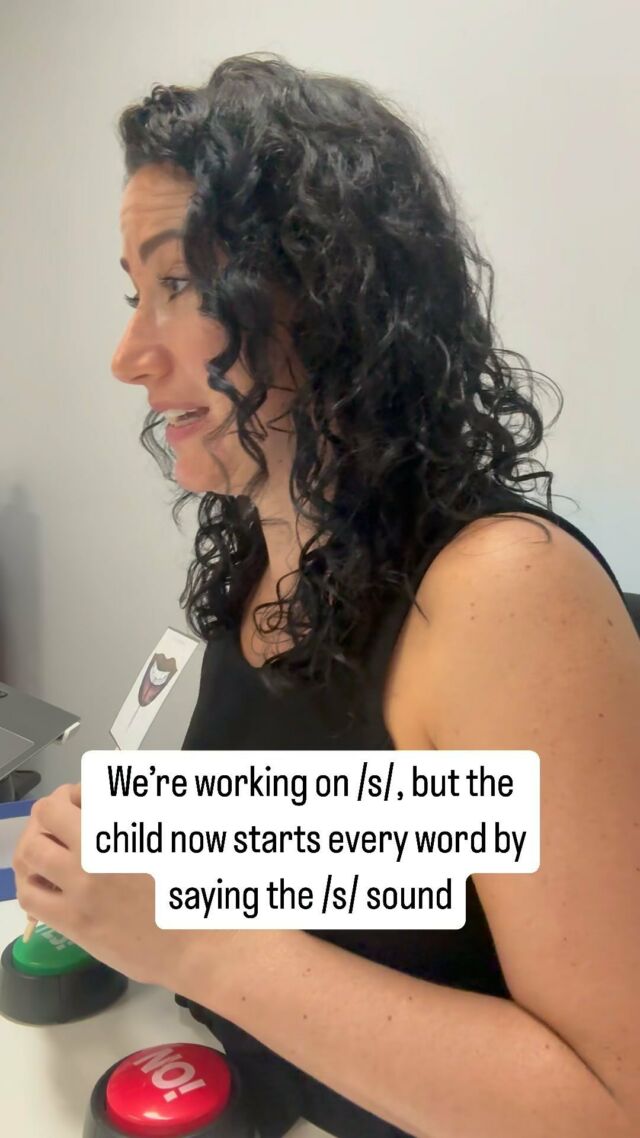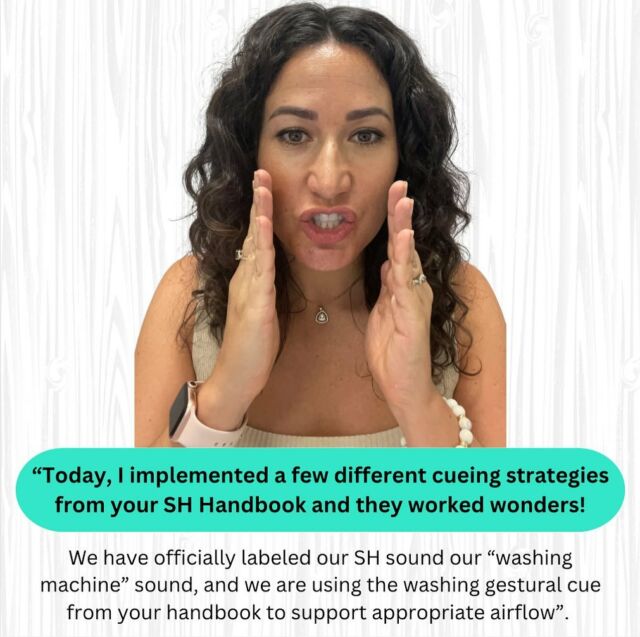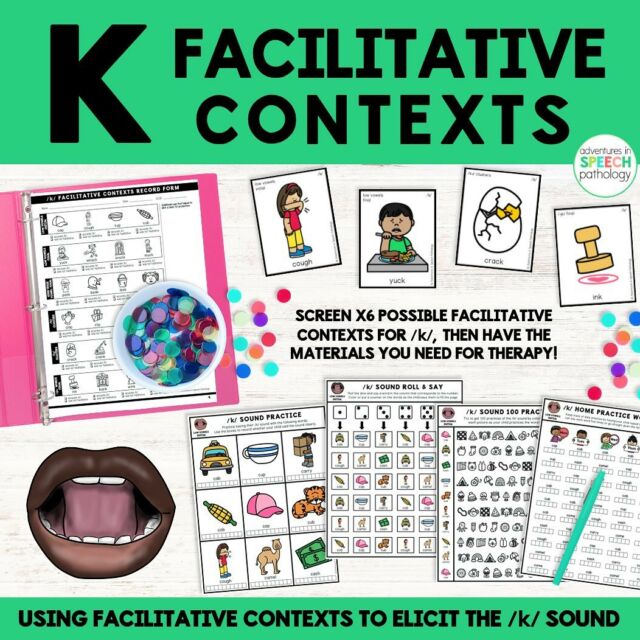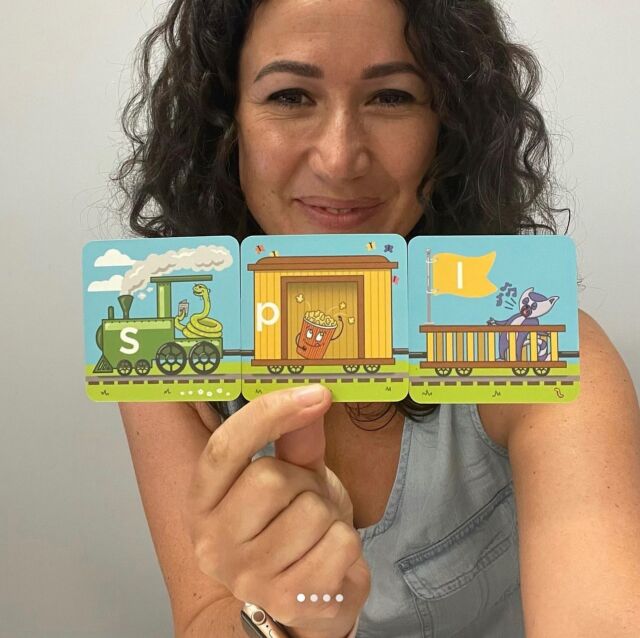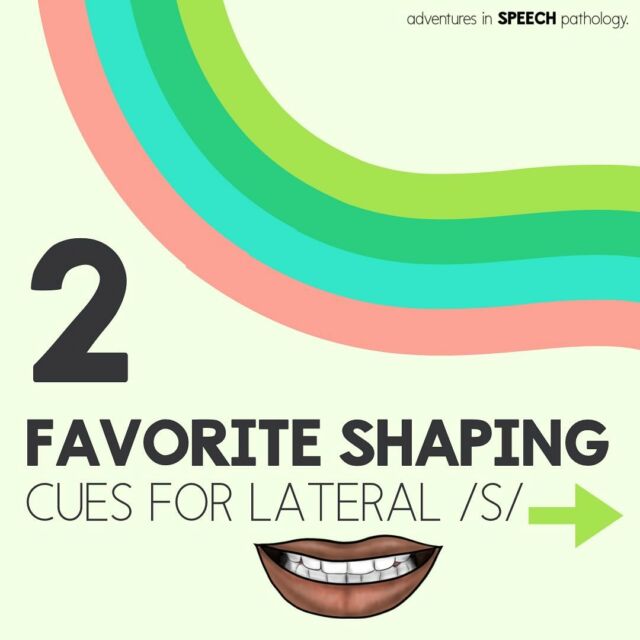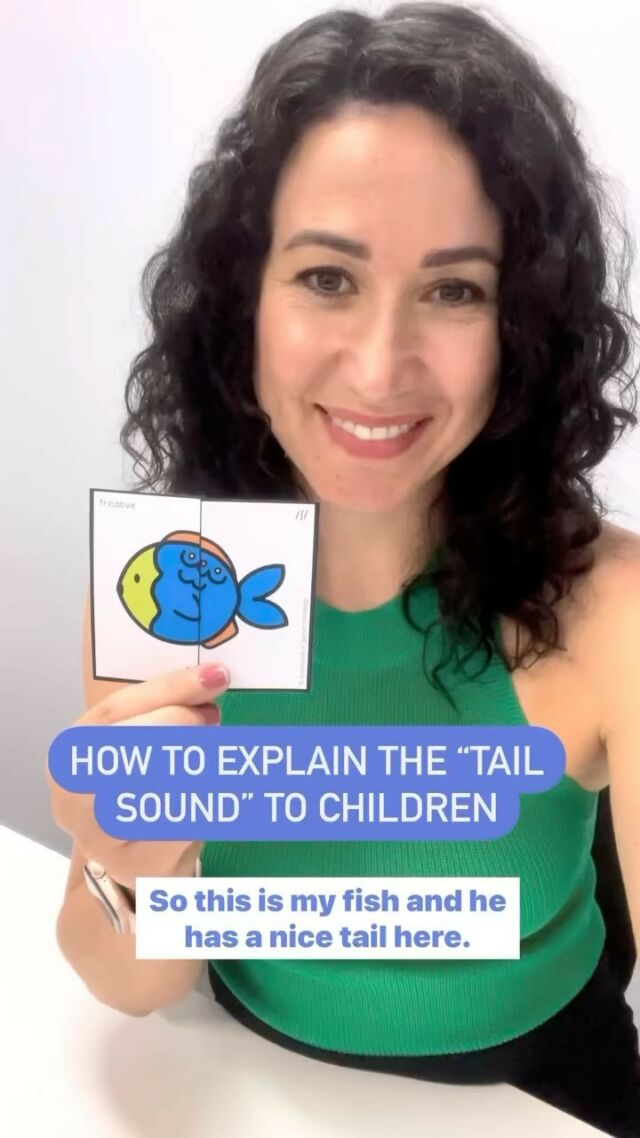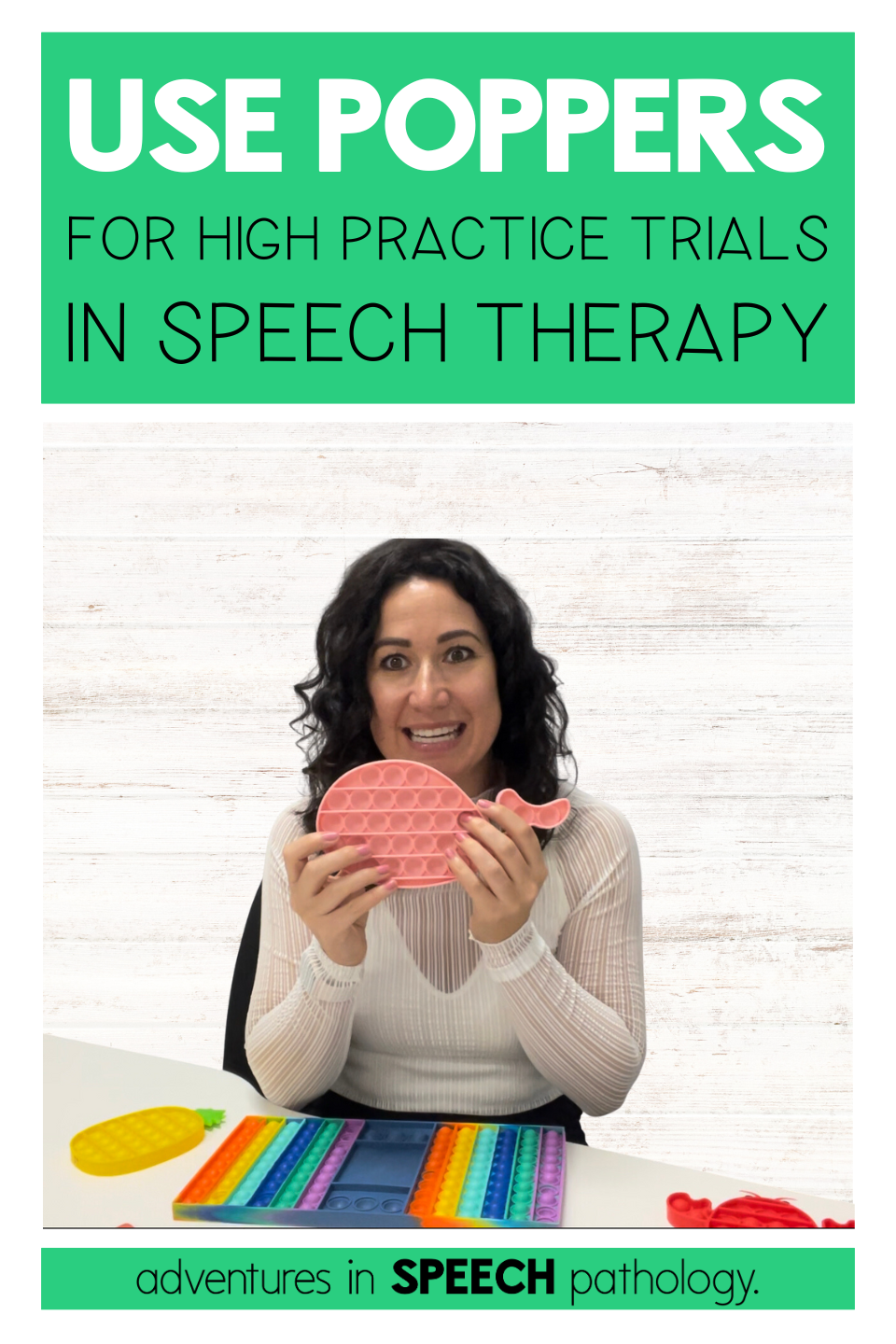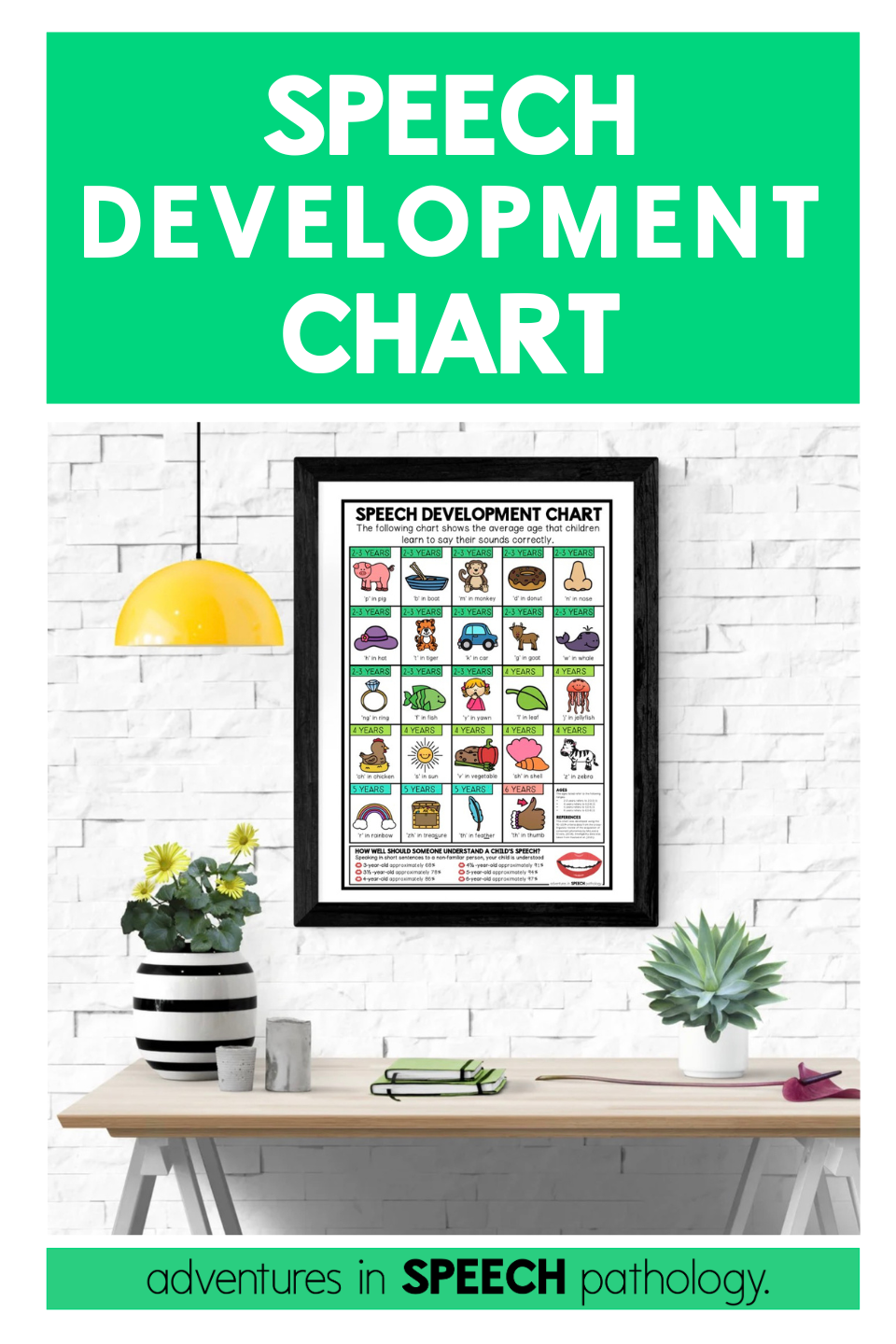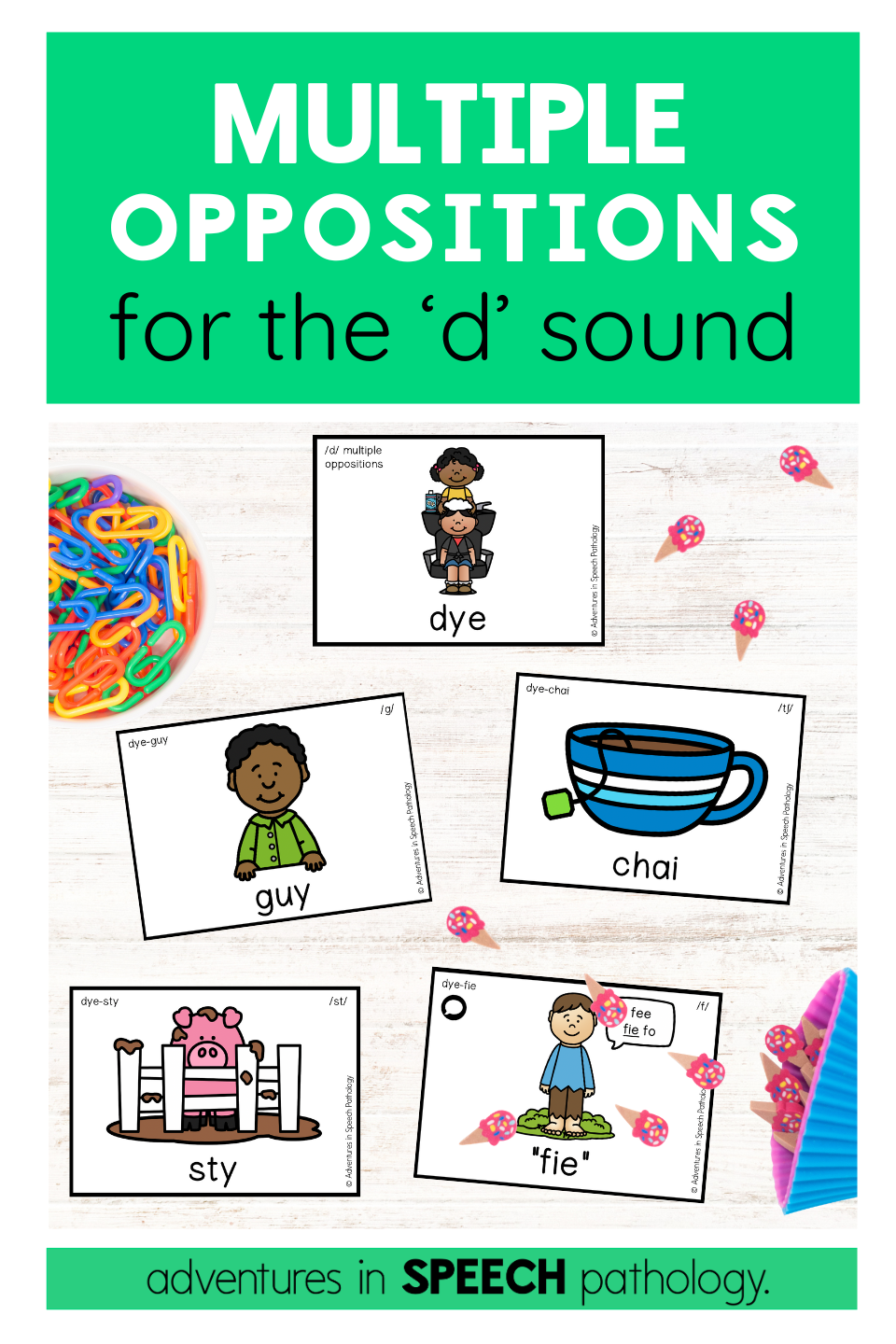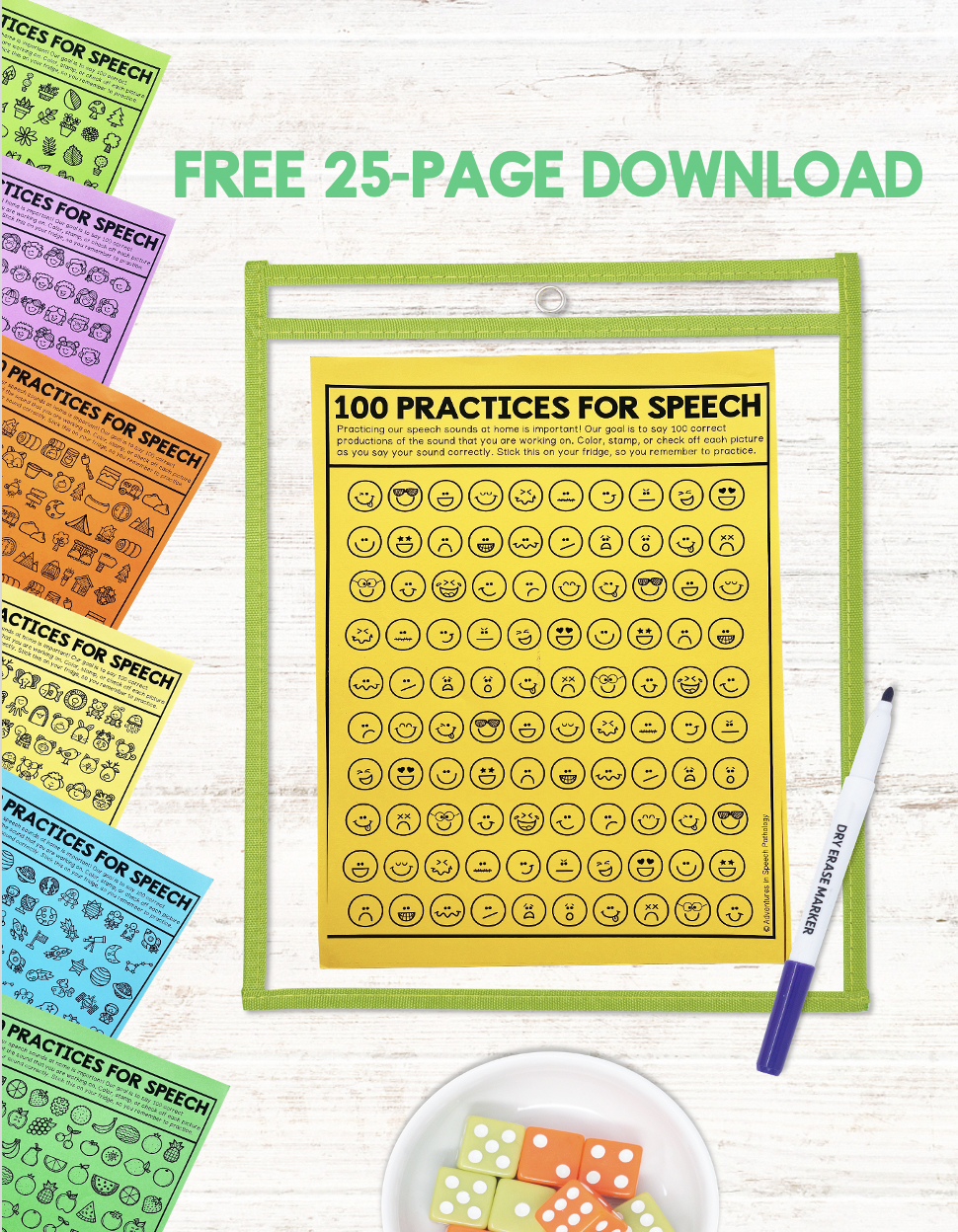Have you run out ideas on how to help your child elicit a clear /l/ sound? If all your usual tricks haven’t been successful so far, maybe it’s time to upskill and learn the DIFFERENT types of things that you can say, show, and use to help teach the /l/ sound.
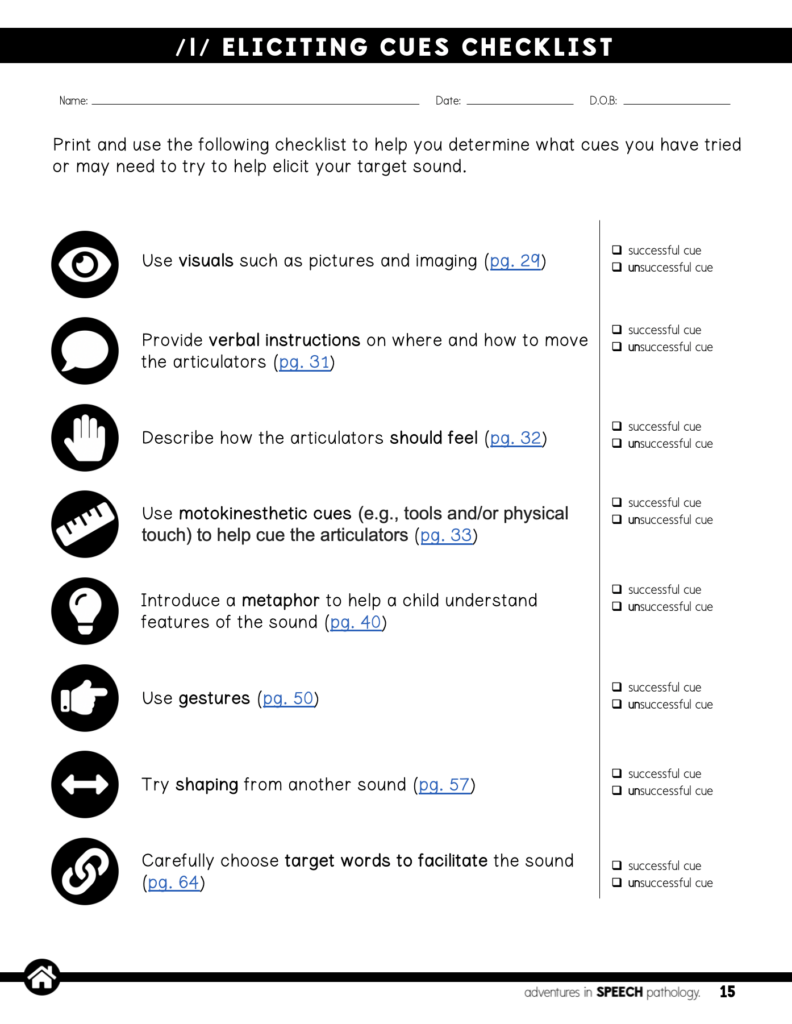
Here’s the thing: children learn differently!
And what works for one child may not work for another.
The L Sound Handbook is a comprehensive guide featuring over 100 different cues designed to help your child elicit the /l/ sound.
The reason why you might be hitting a roadblock is because you haven’t heard of, or tried different cues.
Have a look at this checklist on the left. Do you know how to cue the /l/ sound using these cues?
no one taught me how to teach the 'l' sound
That’s okay, no one taught me either!
The benefits of only working with children who have speech sound disorders is that we get combine over 17 years of clinical experience with practical, real tips that actually help.
It’s why we wrote this comprehensive elicitation guide; to be a staple resource for all SLPs.
With checklists, information on how to best use cues, and problem-solving for individual children, we hope this is your one-stop shop for teaching any child the L sound.
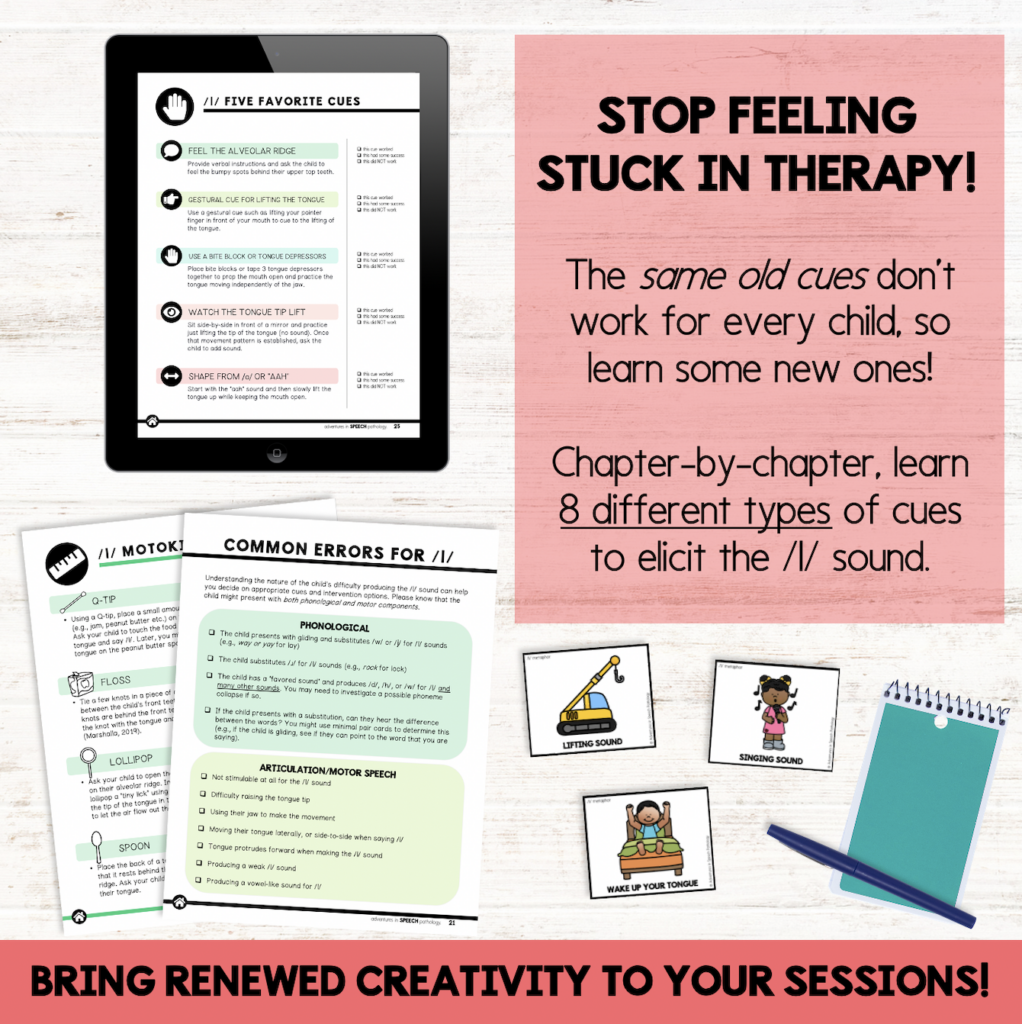
Why are there so many chapters?
Because we cover so many different types of cues and you need to know what they are!
Our chapters include:
- * phonetic cues (visual, verbal, tactile, motokinesthetic),
- * metaphor cues
- * gestural cues
- * shaping cues
- * keyword environments using facilitative contexts
We suggest that you start by giving the /l/ sounds screener.
Our helpful record form will let you analyze HOW your child is making the /l/ sound now, so that you better understand the breakdown.
Maybe the are motor and phonological breakdowns. Perhaps your student is using the wrong part of their tongue or not placing it in the correct spot?
The more information you know, the better you can match the right cues to you help!
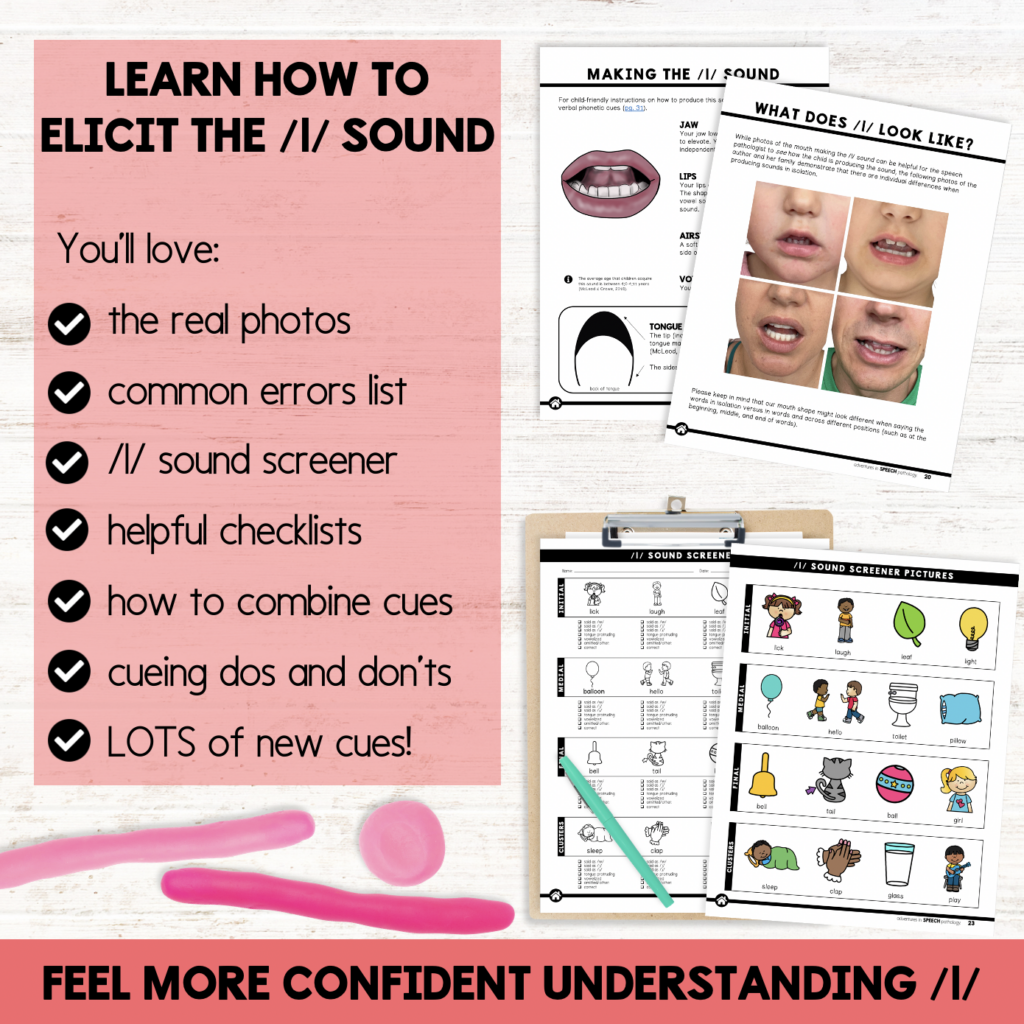
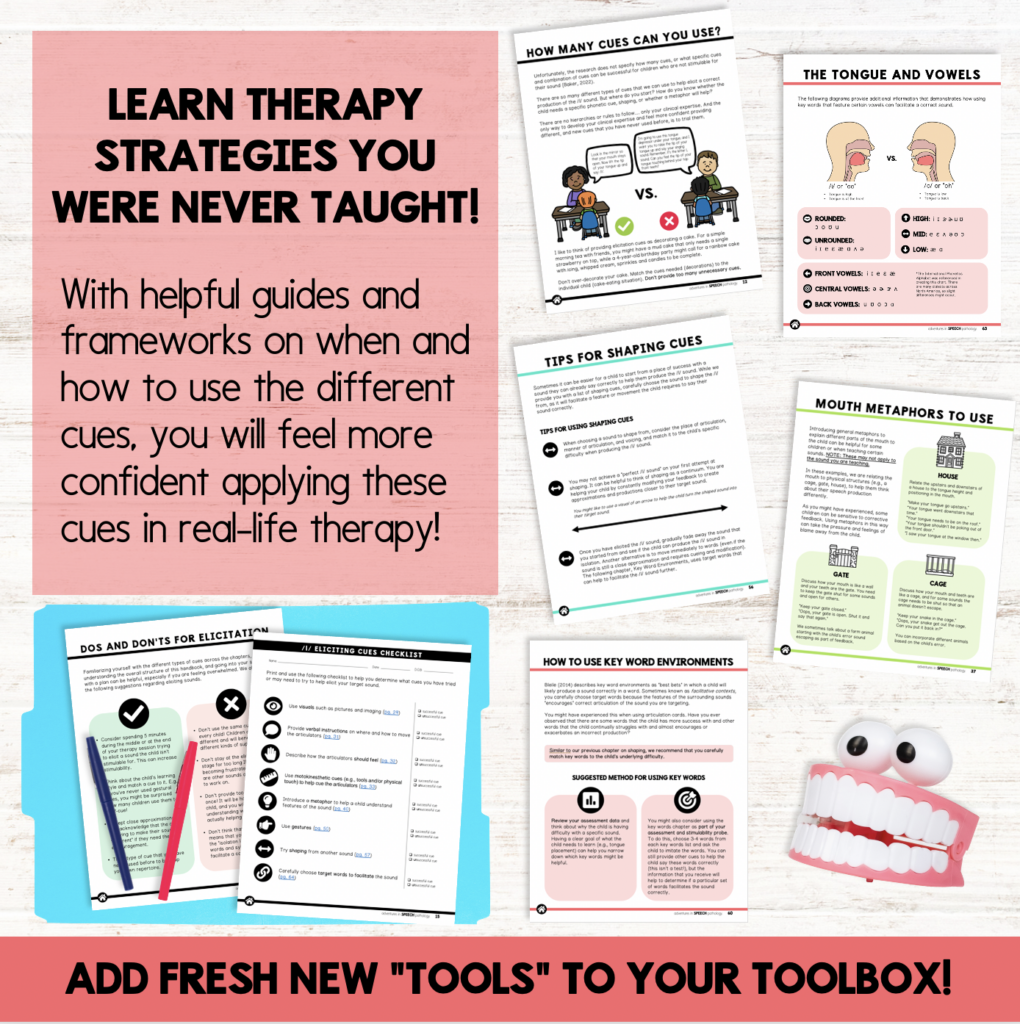
Learn from someone with experience!
With detailed information on what to say, how to layer cues, and how to be flexible to meet the children on your caseload’s needs, this is your go-to resource for feeling confident when it comes to L elicitation.
You’ll especially love our handy “tips” section for each chapter to help integrate the evidence into your clinical practice.
Watch me go through each chapter of the handbook and learn all the different cues here.







